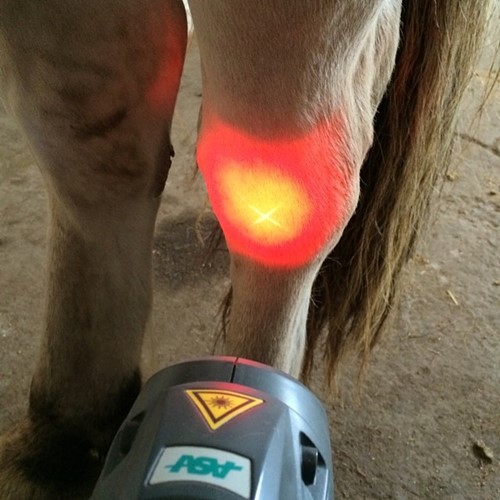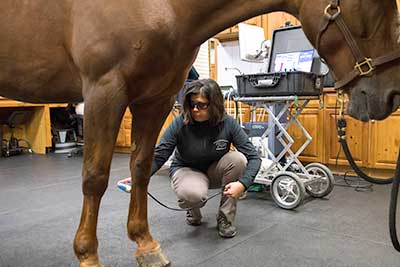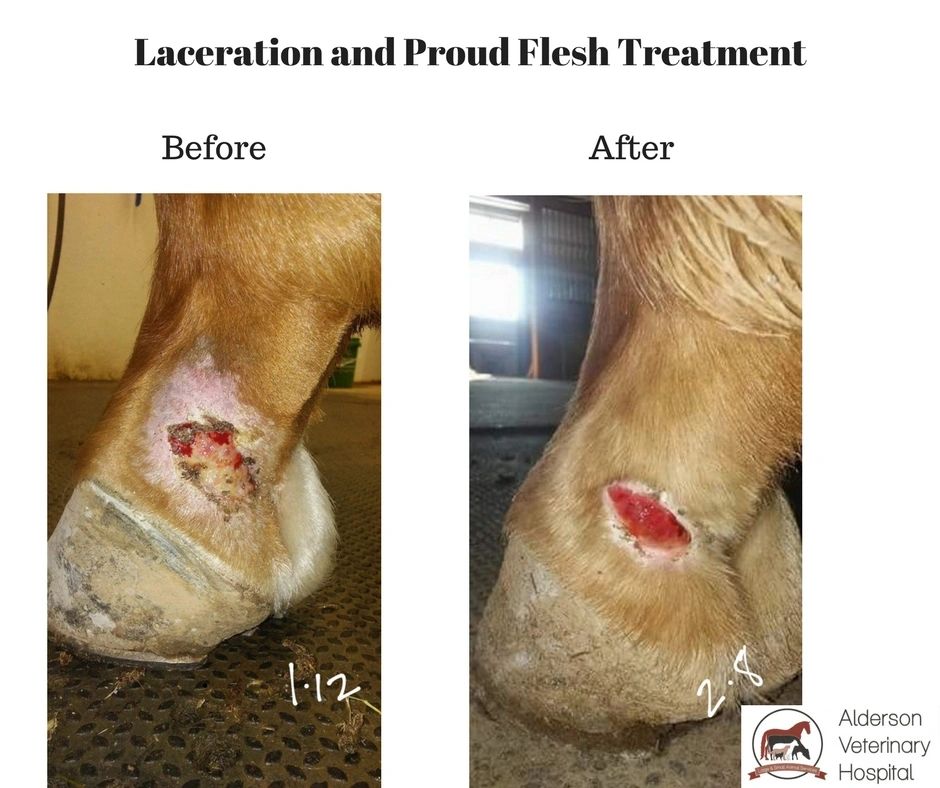Why Equine Therapy is Coming To Be a Preferred Alternative for Emotional Health
Why Equine Therapy is Coming To Be a Preferred Alternative for Emotional Health
Blog Article
Just How Laser Therapy in Equine Treatment Is Revolutionizing Veterinary Care for Horses
Laser therapy has arised as a transformative approach in equine vet care, supplying a non-invasive option that accelerates healing and improves total health and wellness. The mobility and adaptability of laser treatment devices additionally underscore their growing necessity amongst veterinarians.
Comprehending Laser Treatment

The modern technology behind laser treatment is based in the concept of photochemistry, where photons are soaked up by chromophores within cells, leading to increased ATP production and modulation of responsive oxygen varieties (Equine Therapy). This, in turn, advertises mobile spreading, reduces swelling, and accelerates healing. Veterinary professionals use various sorts of lasers, consisting of low-level lasers (LLLT) and high-power Course IV lasers, relying on the particular restorative goals and the nature of the equine condition being dealt with
Different laser wavelengths and power settings are very carefully picked to target various tissue midsts and attain wanted professional end results. Safety and security methods are paramount, as incorrect usage can lead to thermal damages or suboptimal healing results. Hence, a comprehensive understanding of laser therapy's mechanisms and applications is important for its effective implementation in equine vet technique.
Benefits for Equine Wellness
The myriad advantages of laser treatment for equine health include improved recovery, discomfort reduction, and boosted wheelchair. This sophisticated treatment technique leverages specific wavelengths of light to pass through tissues, promoting mobile feature and promoting fast cells repair work. The non-invasive nature of laser treatment makes sure minimal anxiety and discomfort for the steed, promoting a smoother recovery procedure.
Improved recovery is one of the foremost advantages, as laser therapy speeds up mobile regrowth and collagen synthesis. Discomfort reduction is accomplished through the anti-inflammatory results of laser treatment, which lowers swelling and reduces the production of pain-inducing chemicals.
By reducing inflammation and discomfort, and boosting cells repair service, laser therapy aids in recovering joint feature and muscular tissue versatility. Therefore, laser therapy stands as a transformative tool in modern-day horse vet treatment.
Typical Conditions Treated
Laser therapy has arised as a flexible therapy choice for a variety of typical equine problems. In addition, laser therapy is reliable for problems like osteoarthritis, where it helps mitigate joint swelling and advertise cells repair.
Wound monitoring is another location where laser treatment has revealed significant promise. Persistent injuries or slow-healing ulcers can be especially tough in horses, yet laser therapy boosts mobile regeneration and enhances blood circulation, therefore expediting the healing procedure. In addition, laser treatments have been efficiently employed in managing unguis problems such as laminitis and abscesses, minimizing discomfort and promoting much faster recovery.

Innovation Behind Laser Treatment
Beyond the myriad conditions treatable with laser therapy, the technology itself benefits closer examination. At the heart of laser treatment is the usage of details wavelengths of light to pass through cells and elicit biological feedbacks. These wavelengths, commonly varying from 600 to 1000 nanometers, are uniquely absorbed by chromophores in the skin, muscle Get More Information mass, and various other cells, initiating a cascade of cellular events.
Laser tools used in vet medication typically use low-level laser treatment (LLLT) or cool laser treatment. Unlike high-powered surgical lasers, these tools operate at lower power levels, optimizing healing advantages while minimizing thermal damages. The power from the laser light promotes adenosine triphosphate (ATP) production, enhances mobile metabolic rate, and increases tissue fixing procedures.

Success Stories and Situation Researches

Showcasing the substantial advantages of laser treatment, countless success stories and situation studies illuminate its transformative influence on equine wellness. One such situation entails a pure-blooded racehorse struggling with chronic tendonitis. Typical therapies yielded very little improvement, but after integrating laser treatment into the program, the equine displayed significant reductions in inflammation and pain within weeks, ultimately returning to competitive racing.
One more engaging example features a dressage horse identified with severe neck and back pain, restricting its efficiency. A veterinary group utilized low-level laser treatment (LLLT) to target the irritated locations, resulting in marked renovation in versatility and a notable decline in discomfort. Over several sessions, the equine restored its peak type, showcasing the efficiency of laser therapy in dealing with bone and joint problems.
Additionally, a research study performed at a leading equine facility examined 50 horses with numerous soft cells injuries treated with laser therapy. The outcomes stood out: 85% of the steeds demonstrated accelerated healing times and improved movement. These cases highlight the flexibility and efficiency of laser therapy in equine medicine, offering a non-invasive, scientifically-backed method to improving healing and performance in equines.
Final Thought
Laser treatment is changing equine veterinary care by offering a non-invasive therapy that increases healing, reduces swelling, and minimizes pain. With its performance in treating a variety of problems, from musculoskeletal injuries to persistent disorders like osteoarthritis, see this innovation significantly improves equine health and wellness and mobility. The portability and versatility of laser treatment even more underscore its transformative effect on veterinary methods, strengthening its role as an important device in modern equine medical care.
Report this page